The Community Banking Market is currently characterized by a dynamic competitive landscape, driven by a confluence of technological advancements, regulatory changes, and evolving consumer preferences. Major players such as Wells Fargo (US), PNC Financial Services (US), and U.S. Bancorp (US) are strategically positioning themselves to leverage these trends. For instance, Wells Fargo (US) has been focusing on enhancing its digital banking capabilities, aiming to improve customer experience and operational efficiency. Meanwhile, PNC Financial Services (US) has been actively pursuing regional expansion, particularly in the Southeast, to capture a growing customer base. U.S. Bancorp (US) appears to be concentrating on partnerships with fintech firms to integrate innovative solutions into its service offerings, thereby enhancing its competitive edge.
The business tactics employed by these institutions reflect a moderately fragmented market structure, where local banks often compete with larger national entities. Key players are increasingly localizing their services to cater to community needs, optimizing their supply chains to enhance service delivery. This localized approach not only fosters customer loyalty but also allows these banks to differentiate themselves in a crowded marketplace, where the collective influence of major players shapes overall market dynamics.
In August 2025, Wells Fargo (US) announced a significant investment in artificial intelligence to streamline its customer service operations. This move is likely to enhance operational efficiency and improve customer satisfaction, positioning the bank favorably in an increasingly competitive environment. The integration of AI technologies may also allow Wells Fargo (US) to better analyze customer data, leading to more personalized banking experiences.
In September 2025, PNC Financial Services (US) launched a new suite of digital banking tools aimed at small businesses. This initiative underscores PNC's commitment to supporting local enterprises, which could potentially strengthen its market position in the community banking sector. By providing tailored solutions for small businesses, PNC (US) not only addresses a critical market need but also fosters long-term relationships with its clients.
In July 2025, U.S. Bancorp (US) entered into a strategic partnership with a leading fintech company to enhance its mobile banking platform. This collaboration is expected to introduce innovative features that cater to the tech-savvy consumer segment, thereby attracting younger demographics. Such strategic alliances are indicative of a broader trend where traditional banks are increasingly collaborating with technology firms to remain competitive in a rapidly evolving market.
As of October 2025, the Community Banking Market is witnessing a pronounced shift towards digitalization, sustainability, and the integration of artificial intelligence. These trends are reshaping competitive dynamics, as banks prioritize innovation over traditional price-based competition. Strategic alliances are becoming increasingly vital, enabling institutions to leverage technological advancements and enhance service offerings. Looking ahead, competitive differentiation will likely hinge on the ability to innovate and provide reliable, technology-driven solutions that meet the evolving needs of consumers.
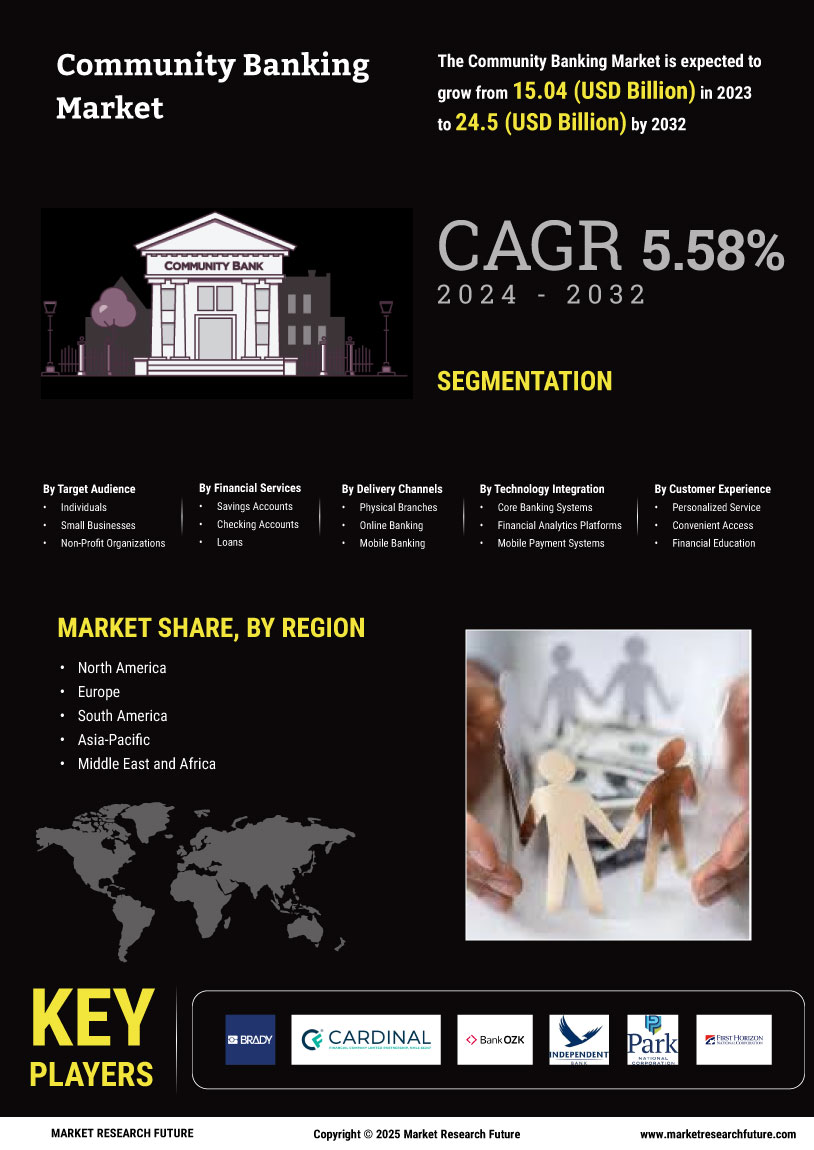

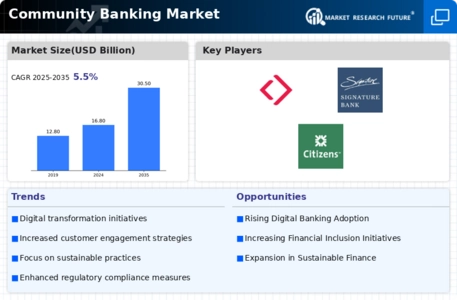
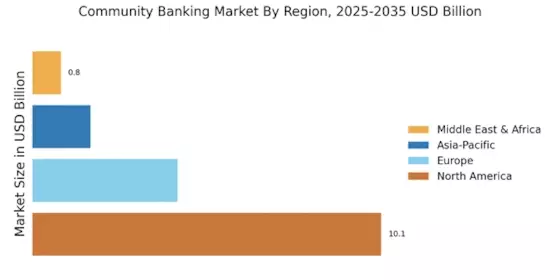
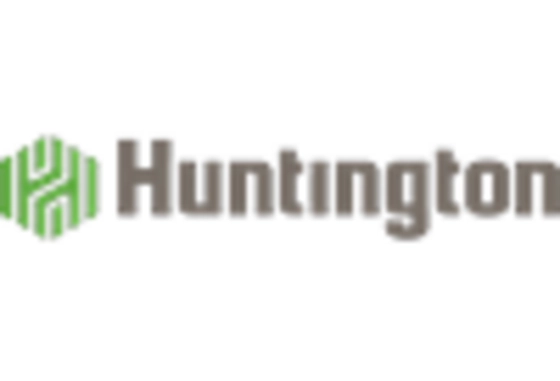
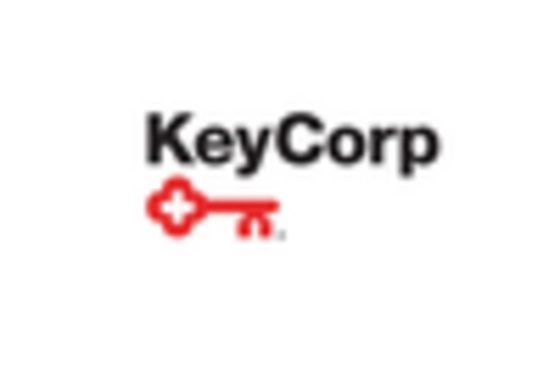
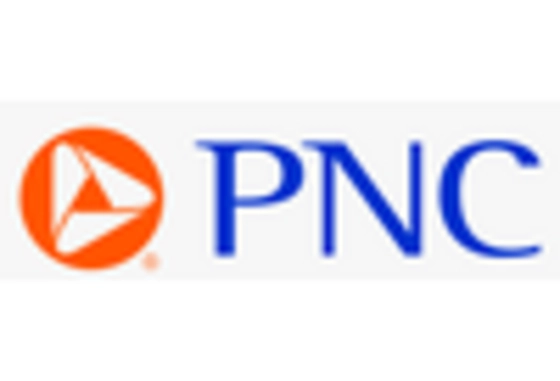
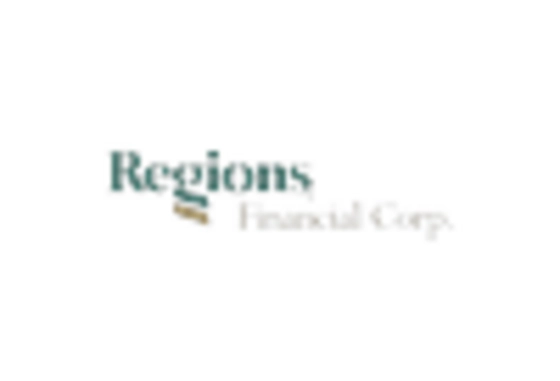
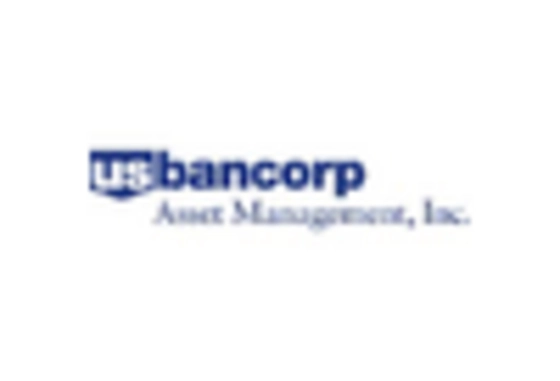
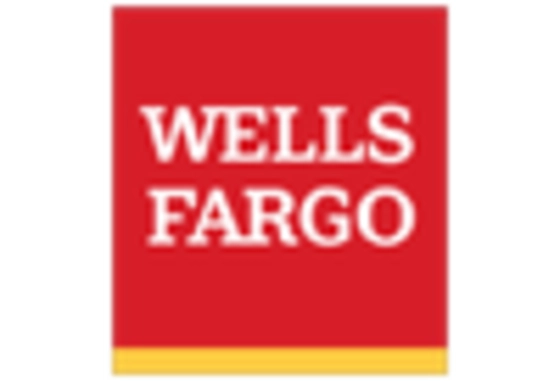








Leave a Comment